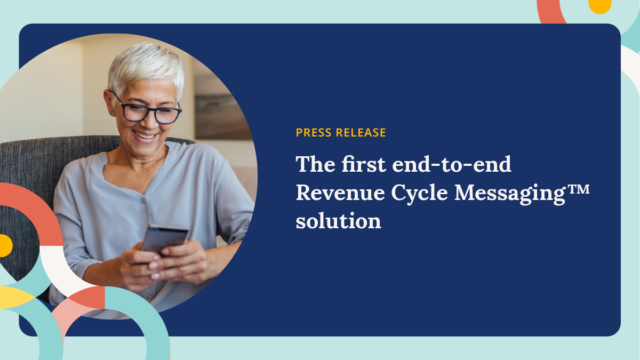As 2020 stormed in, bringing the COVID-19 pandemic with it, life as we knew it quickly shifted. For those in healthcare, one of those big shifts included the sudden widespread need for telehealth services. And while some practices quickly adapted and implemented telehealth (or already had it in place), other organizations were not as sure. For years, there has been resistance to telehealth based on misconceptions and common myths surrounding the practice and its impact on traditional healthcare services. In this piece, we will discuss ten of the biggest myths and show what the research really says about them.
5 Biggest Telehealth Myths
1. Patients don’t want to use telehealth outside of the medical industry.
This is simply not true. Studies conducted in virtually every healthcare specialty show that patients want virtual care visits. This includes dentistry and eye care. A 2019 study found that 78% of people say they are likely to use some form of teledentistry within the following five years, and around 70% are interested in virtual eye care visits. These numbers have only grown as the COVID-19 pandemic hit and patients were staying away from doctor’s offices and opting for virtual visits instead of in-person visits.
2. Older patients aren’t comfortable with telehealth.
We tend to underestimate the tech-savvy level of older patients. According to the 2019 Senior Consumer Study, the majority of seniors say they would like to use telehealth. Unfortunately, they’re simply not being offered telehealth as an option—a meager one percent of those over age 65 have ever had a virtual doctor visit. This means that around 25 million Americans over the age of 65 are willing to use telehealth but don’t have the option. According to studies, seniors believe telehealth can deliver faster, more convenient medical care. In addition, they say that telehealth would help them save time (58%) and money (54%) and gain better access to healthcare providers (53%).
3. Telehealth is not secure.
Unless you are hopping on a Facebook Live feed and trying to treat anyone who shows up, the security of your video visits is not something to be concerned about. All reputable telehealth platforms are HIPAA-compliant and engineered with top-level security. If you’re at all concerned about security risk, have your vendor walk you through their protocols. You can then do the same for any patients who express concern. Or better yet, communicate the safety of telehealth to patients when you start offering it as an option.
4. Policies and regulations are too strict.
Even prior to the COVID-19 pandemic, the legislative picture was becoming more favorable to remote healthcare. Once the pandemic became a public health emergency, certain federal privacy regulations were relaxed, and payment policies expanded. Many are calling for regulations to continue to allow more access to telehealth. Journalists and researchers have begun to explore the increased value of telehealth after the COVID-19 pandemic has waned. In fact, some have suggested that continued adoption and use of telehealth could help health systems buffer the losses due to the coronavirus, due in part to the waivers that the federal government has instituted. While the future of healthcare policies and regulations remains to be seen, there are positive indications that this pandemic has loosened at least some telehealth regulations for good.
5. Using telehealth is not cost-effective.
On the contrary, telehealth can actually raise your compensation levels significantly while maintaining quality of care. Ann Mond Johnson, CEO of the American Telemedicine Association, explained, “We (now) have an opportunity to start documenting and cataloging these cost savings,” Johnson said. “There are plenty of instances where we are saving a lot of money.” The Geisinger Health Plan study found that the implementation of a telemedicine program generated about 11% in cost savings during that study period. This led to an estimated return on investment of about $3.30 in cost savings for every $1 spent on program implementation. Beyond the obvious, there are other ways that telehealth can boost revenue. Think about it—how much time have you spent on uncompensated after-hours calls? On prescription refills? All of these calls can actually be reimbursed as telehealth visits.
Embrace the future of healthcare! Dive into our blog, “Telehealth Is Here to Stay: How to Build a Virtual Care Practice,” and discover the key insights to revolutionize your approach to patient care.



